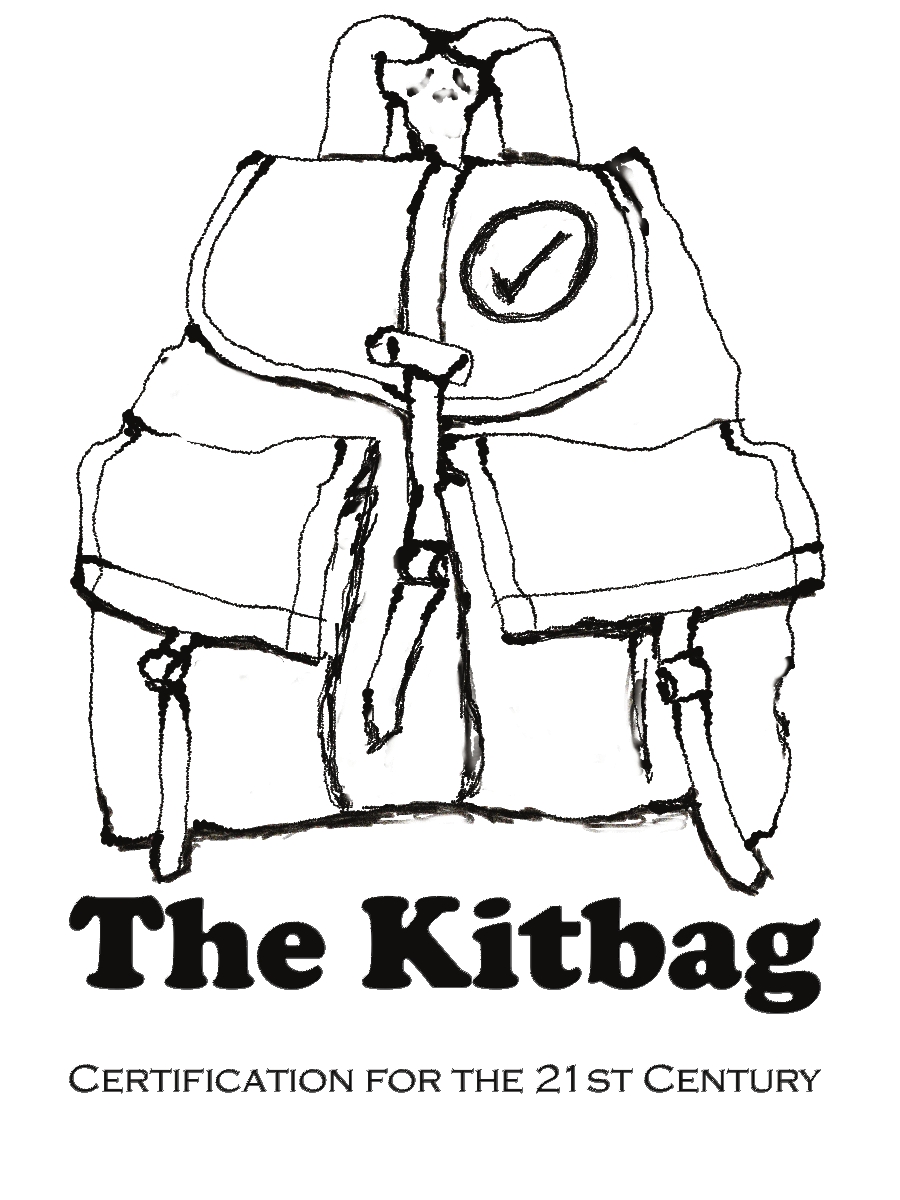Certification documentation schemes can contain two types of information; normative and informative.
Normative elements are those that are prescriptive, that is they are to be followed in order to comply with scheme requirements.
Informative elements are those that are descriptive, that is they are designed to help the reader understand the concepts presented in the normative elements.
Normative elements
Normative elements apply to the organization, or individual to whom they are addressed. For example, normative elements in the standard apply to the certificate holder or applicant for certification. Other normative elements may apply to the certification body, accreditation body or scheme owner.
Normative elements are normally phrased using one of the three terms: shall, should or may.
- Shall: indicates a requirement
- Should: indicated as recommendation
- May: indicates a permission
All normative elements that are requirements (shall) are to be followed in all cases in order to be in conformity. Elements that are recommended (should) are ones that any organization that wants to be in conformity are encouraged to follow. Finally, elements that grant permission (may) have the option of following if they choose to and if they do then they must follow the requirements as described.
Each of these elements can be a single requirement (i.e. ...all letters shall be written on pink paper) or an entire document (i.e. ...the factory shall conform to ISO 19001).
For the sake of clarity, it is best when all scheme documents use these three keywords. When you mean it as a requirement; say 'shall' and not use other terms such as 'will', 'must' or 'need'. Using these terms consistently means that the reader is not left to figure out what you mean when you say 'the certificate holder will...' --- is that a requirement, an option or a recommendation?
Informative Elements
Informative elements are illustrations, examples or suggestions that explain the meaning and implications of the requirements as well as giving suggestions, examples and case studies on the application of the requirements.
Nothing in the informative elements is or can be mandatory; that includes the accreditation body, the certification body, the certificate holder or the applicant for certification. If guidance is mandatory, that is if it includes a shall, should or may statement, it is not informative, it is normative.
What this means for a scheme
The best certification schemes are clearly written and are easily understood by each user and each type of user. An applicant for certification should be able to understand what is required of them, and by implication what is not required for them to be certified.
One of the best ways to make sure your scheme is easily understood is to use the discipline of writing your requirements as clearly as possible. All users should know what is required and should never be surprised to find that a requirement was not clearly presented to them.
Whenever possible guidance should be provided to help the user understand the implications of your scheme requirements. Informative material should only help the user to understand the thinking behind a requirement or maybe how or why a requirement was set.
This sounds simple until you try to do it. Clear documentation is only possible when you and everyone involved in designing and writing up the scheme clearly understand and agree on the implications of the requirements.
